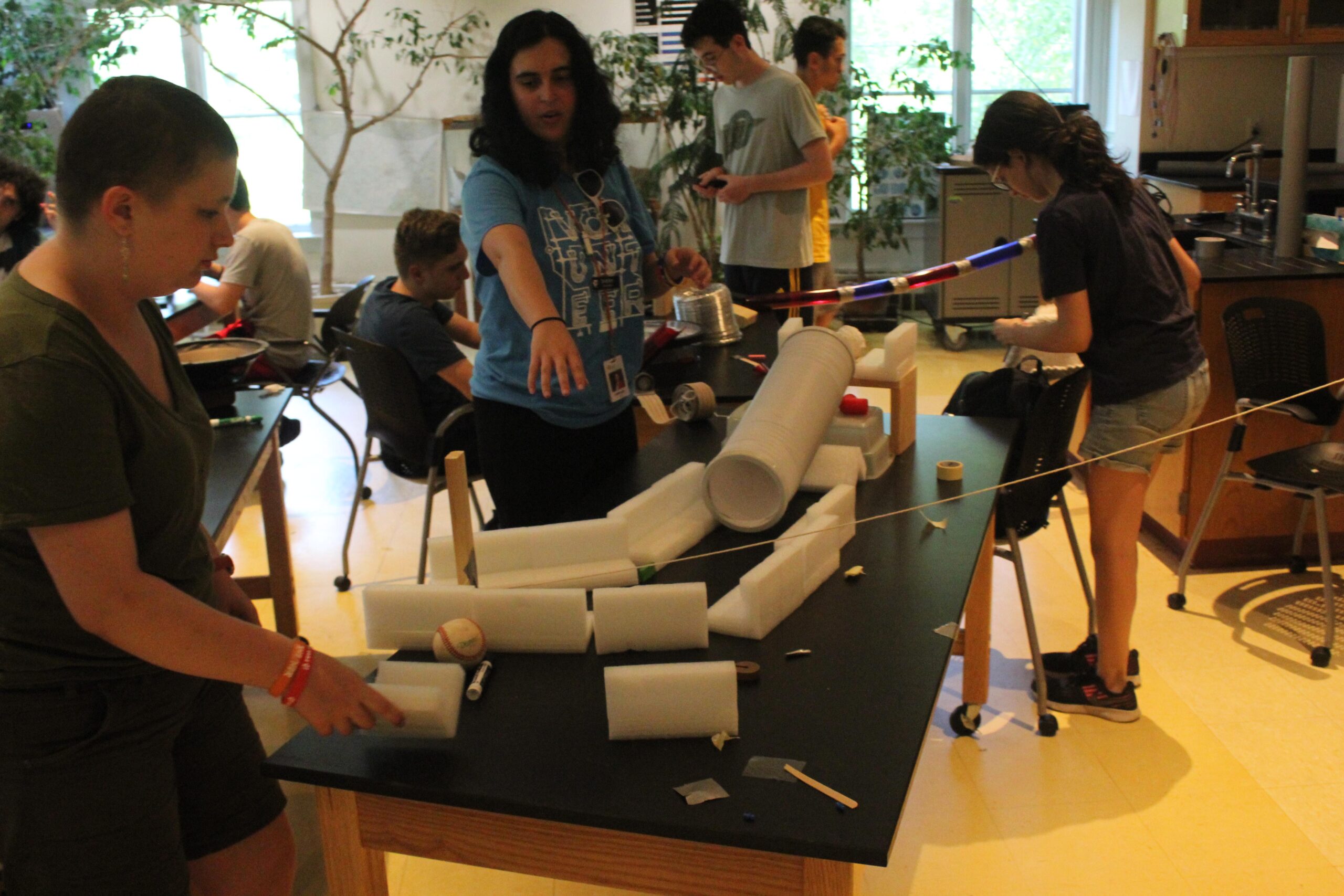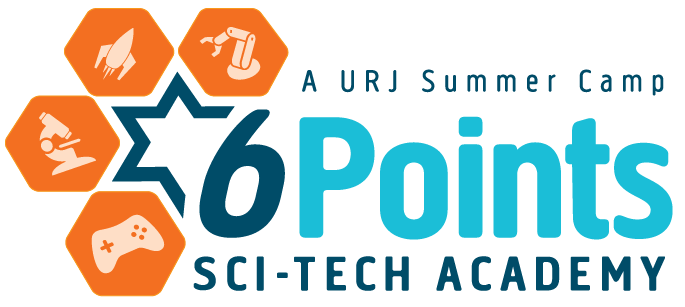In the 10th grade robotics workshop, as I watched the genesis of what became an astonishingly successful Rube Goldberg machine, I was struck by the theological ingenuity with which each group of campers conceived of and joined together their separate elements. Beginning with a lever set off by gravity and running through Newton’s three laws of motion (which I admit I needed to look up), the 10th graders created a system of tubes and levers that included a rigged up elevator, a plastic car, a motor driven scissors, dominoes, a sparkler, and a marble in a balloon that dropped on to a keyboard which set off a video in which they waved goodbye to their beloved Devon.
While I marveled at their curiosity and tenacity, I couldn’t stop thinking about Spinoza—the 17th century Dutch Sephardic philosopher whose own curiosity and tenacity led him to an understanding of the divine as intrinsically connected to the natural processes of the world. As the 10th graders modeled the Sci-Tech values of kesher (connection), savlanut (patience), sakranut (curiosity) and kavod (respect), they brought home for me how very much Spinoza would have loved seeing Jewish spiritual concepts inextricably linked to teenage intellect and joy. Through trial and error—and 72 attempted runs!—the 10th graders never lost their sight of their respect for one another and shared goal. Their unabated joy when the marble finally hit its target and they saw their own faces appear on the screen was as theological a moment as I’ve ever had the pleasure of witnessing. They may have scoffed (a bit) at that assessment, but I will continue to marvel at their demonstration of the miraculous powers of interconnection.
Dr. Leah “Dr. H” Hochman, Faculty

